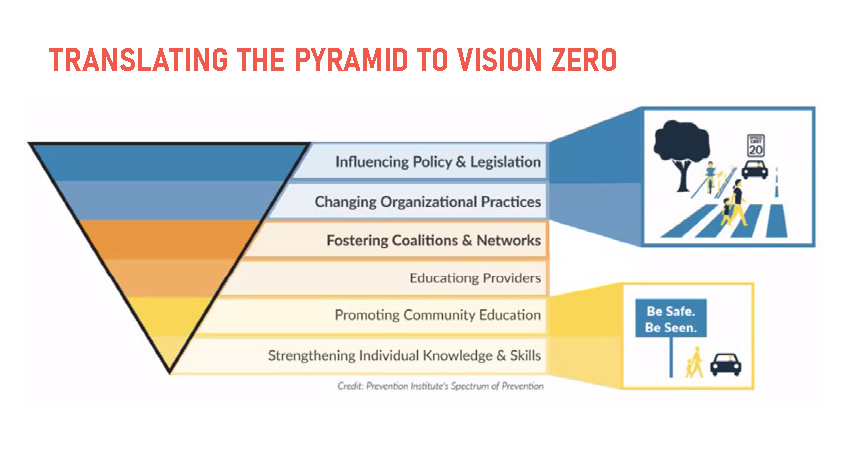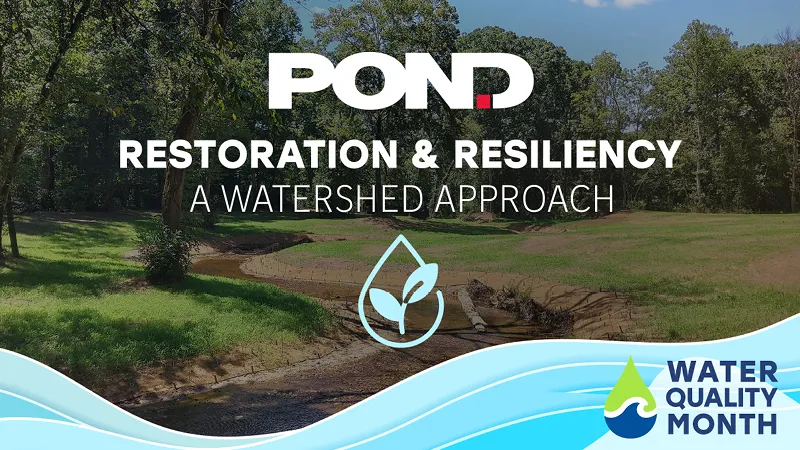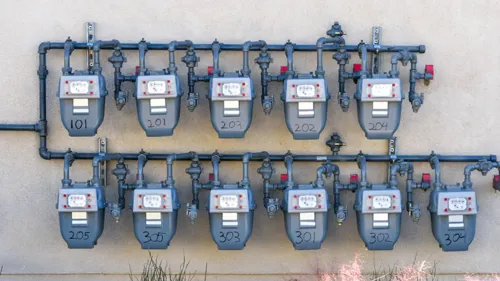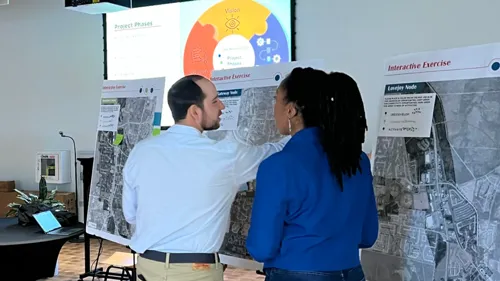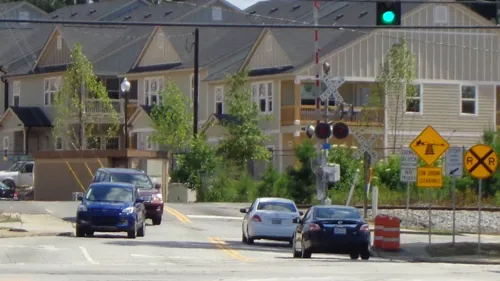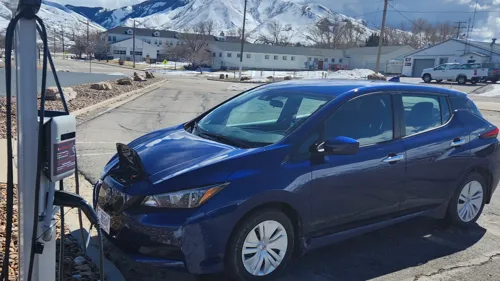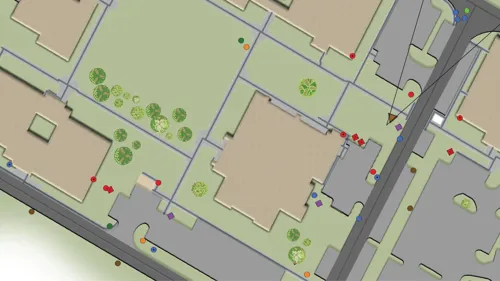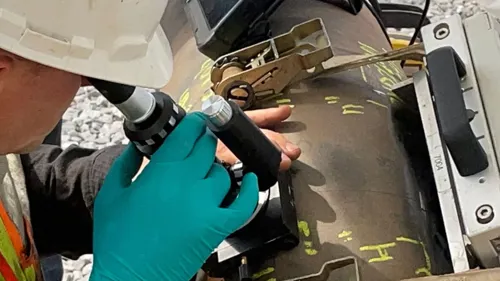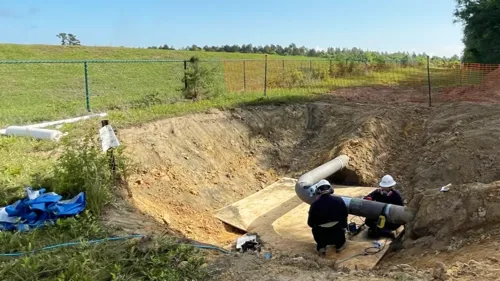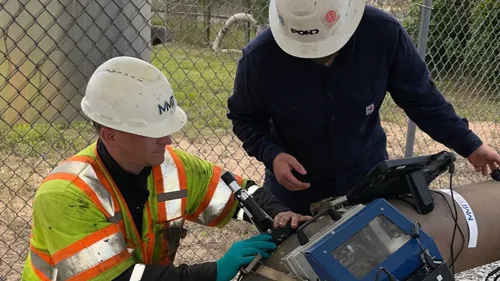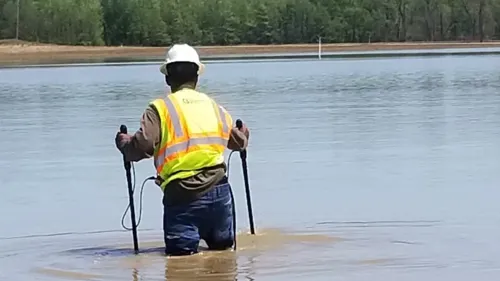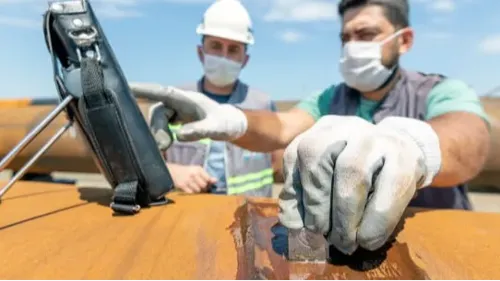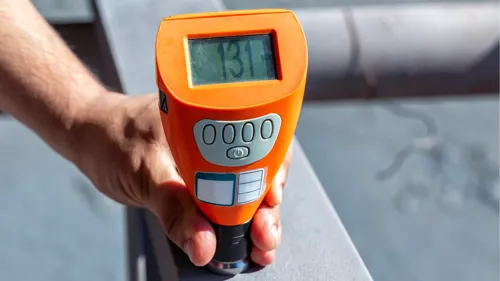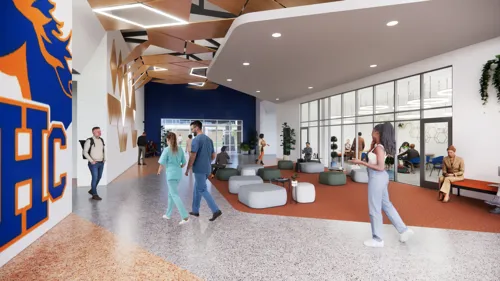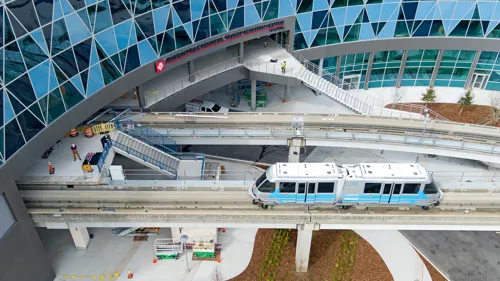Safe Streets, Safer Communities: Lessons Learned from SS4A Planning Across Georgia
Author:
Kat Onore, AICP| Project Manager | [email protected]
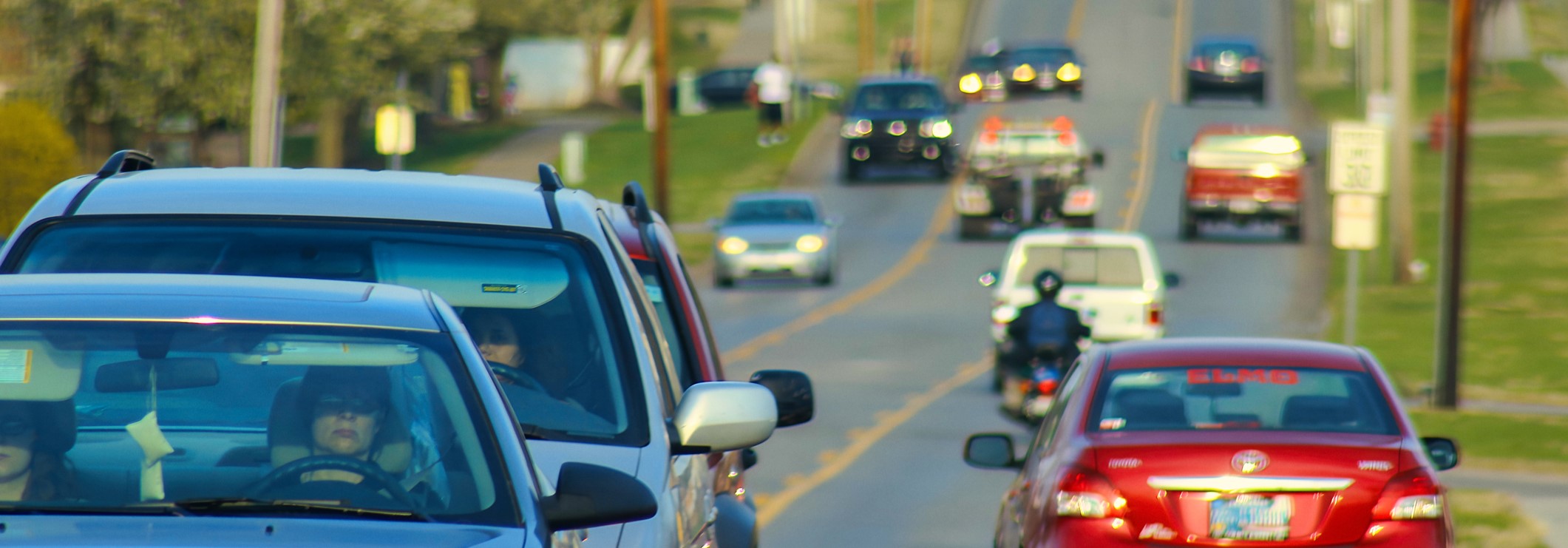
Introduction
When it first launched in Sweden in the 1990s, Vision Zero was a new plan to eliminate all traffic-related fatalities and serious injuries while promoting safe, healthy, and equitable mobility for all. Nearly three decades later, that mission is gaining momentum across the United States—particularly through the Safe Streets and Roads for All (SS4A) program, a federally funded initiative designed to help communities turn this vision into reality.
At Pond, we’ve had the opportunity to work alongside communities across Georgia to develop SS4A Safety Action Plans, promoting safer and more equitable transportation systems. From the suburban corridors of Cherokee County to the rural roadways of Carroll and the coastal highways in Chatham County, each plan represents a tailored response to a shared challenge: how to eliminate serious injuries and fatalities on our roadways.
In recent months, our work has extended to Cherokee County and its seven cities, Fayette County and its five cities, Chatham County, Carroll County, Columbus-Muscogee County, Douglas County, the City of Cedartown, and the Hinesville Area Metropolitan Planning Organization (HAMPO). Across these geographies, the SS4A process has proven to be more than just an infrastructure initiative; it’s a strategic, data-driven framework that unites diverse stakeholders around a common goal.
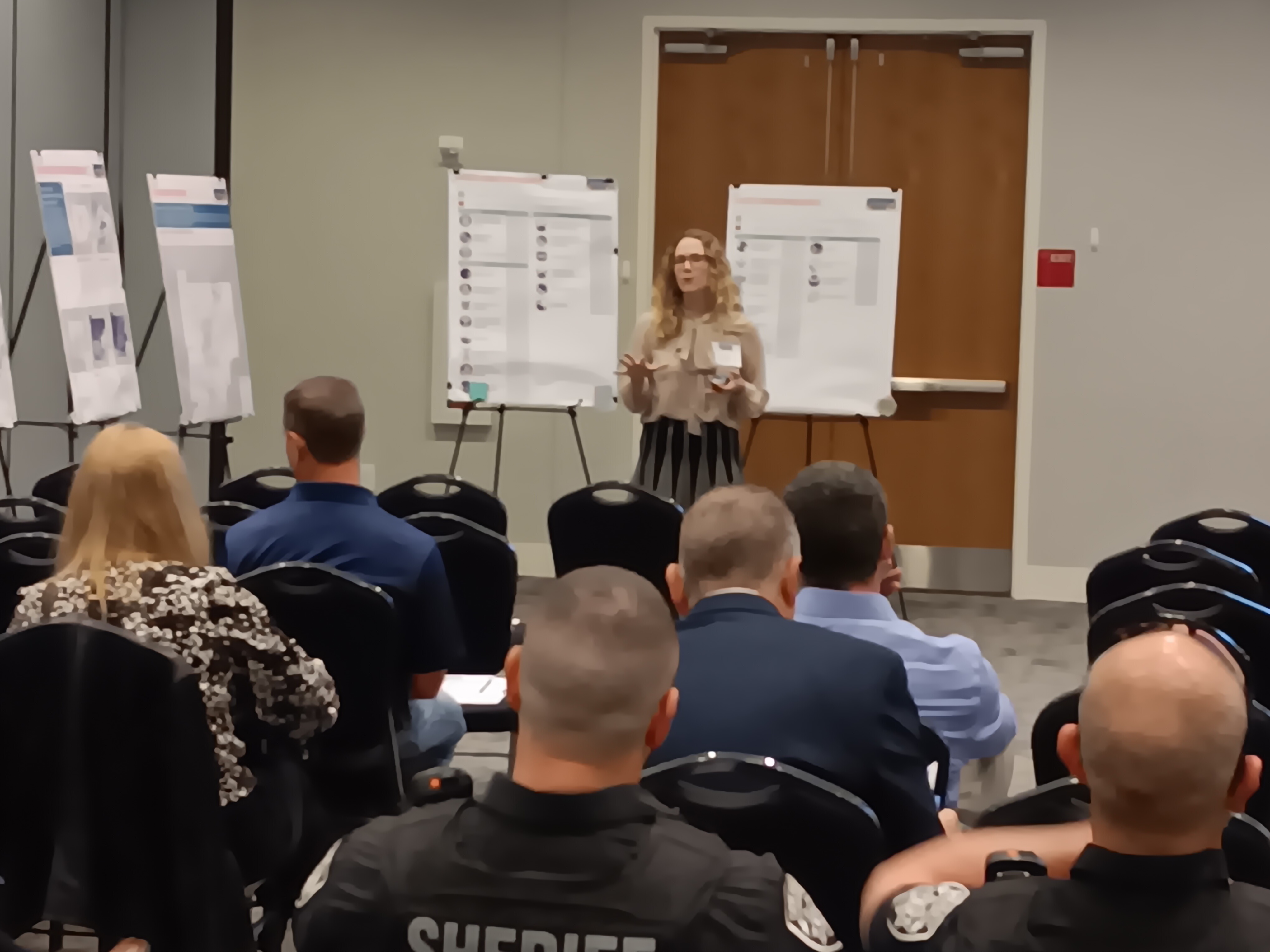
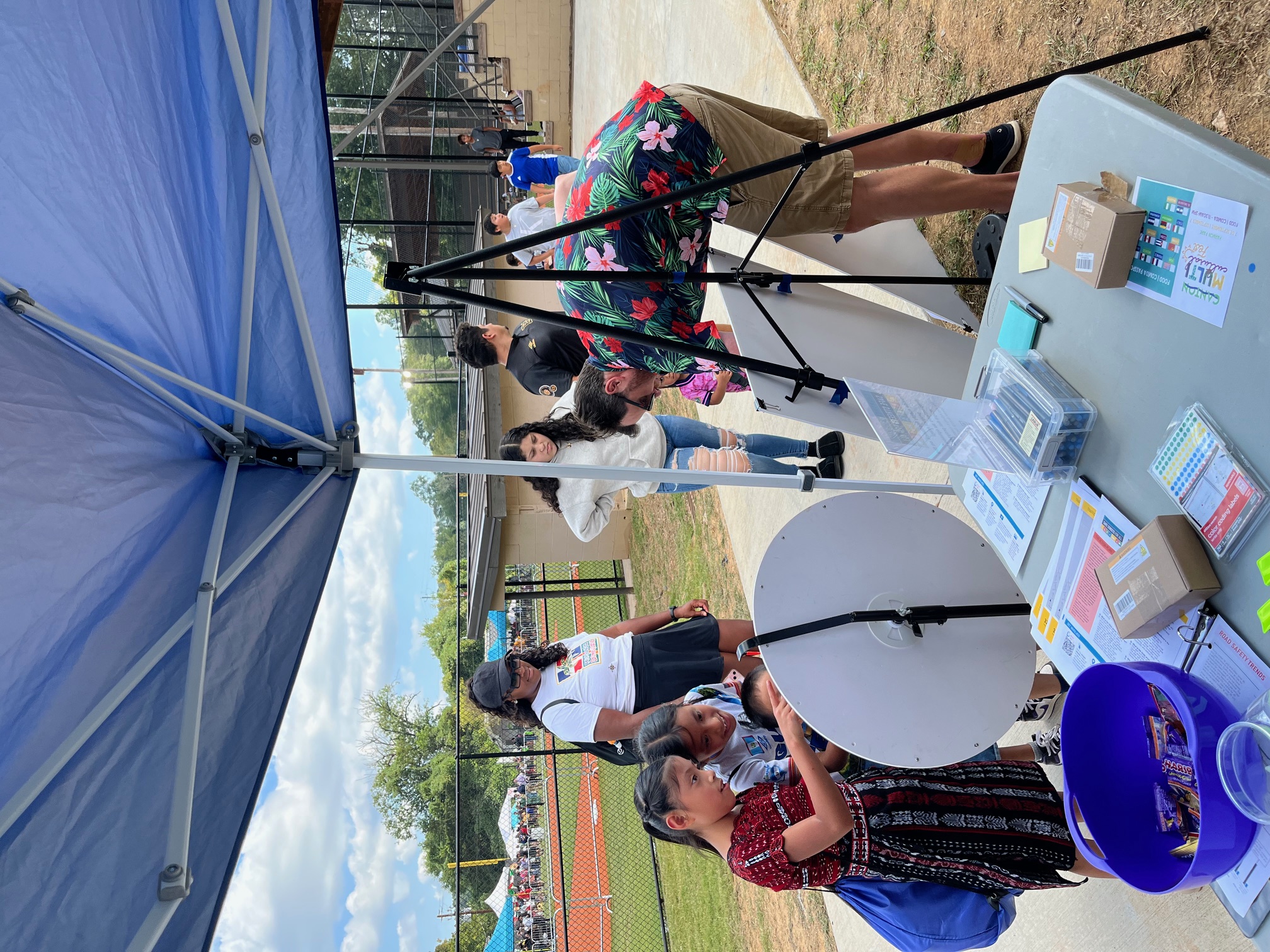
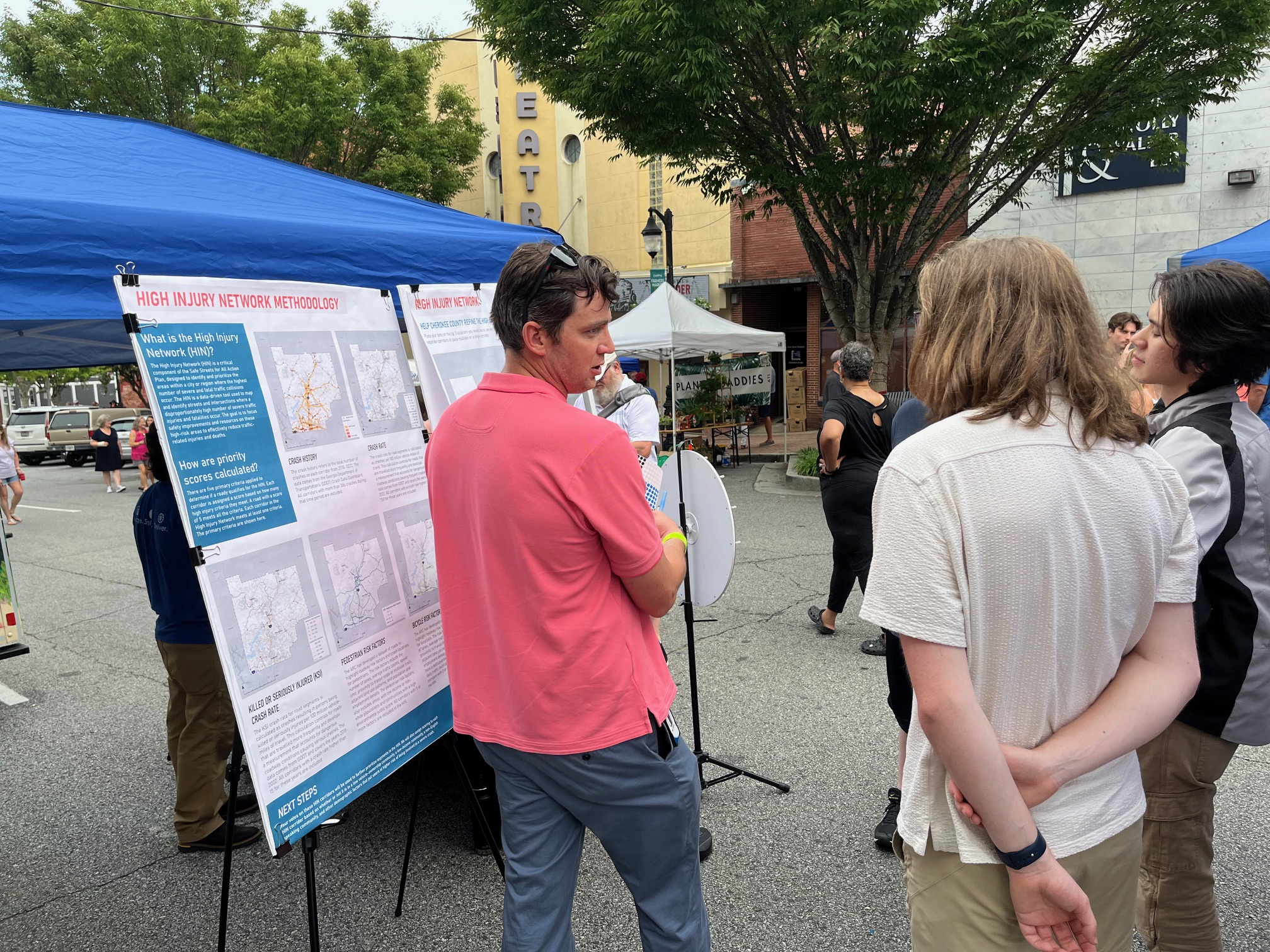
A Cross-Sector Approach to Transportation Safety
Safety planning under SS4A engages the full spectrum of a community, not just engineers and planners. From law enforcement and emergency responders to school systems, public health officials, and elected leaders, SS4A builds the partnerships needed to sustain long-term change.
In one early stakeholder meeting, every participant—more than 50 in total—shared a personal story of someone affected by a severe crash. This level of shared experience becomes the emotional and practical foundation for true collaboration. It’s also a key reason Safety Action Plans gain traction post-adoption: community ownership starts early and builds accountability from the inside out.
Adapting to Local Contexts with Flexible Solutions
One of the most valuable aspects of the SS4A program is its adaptability across geographies. No two counties in Georgia are alike, and SS4A is designed to meet each community where they are, demographically, economically, and spatially.
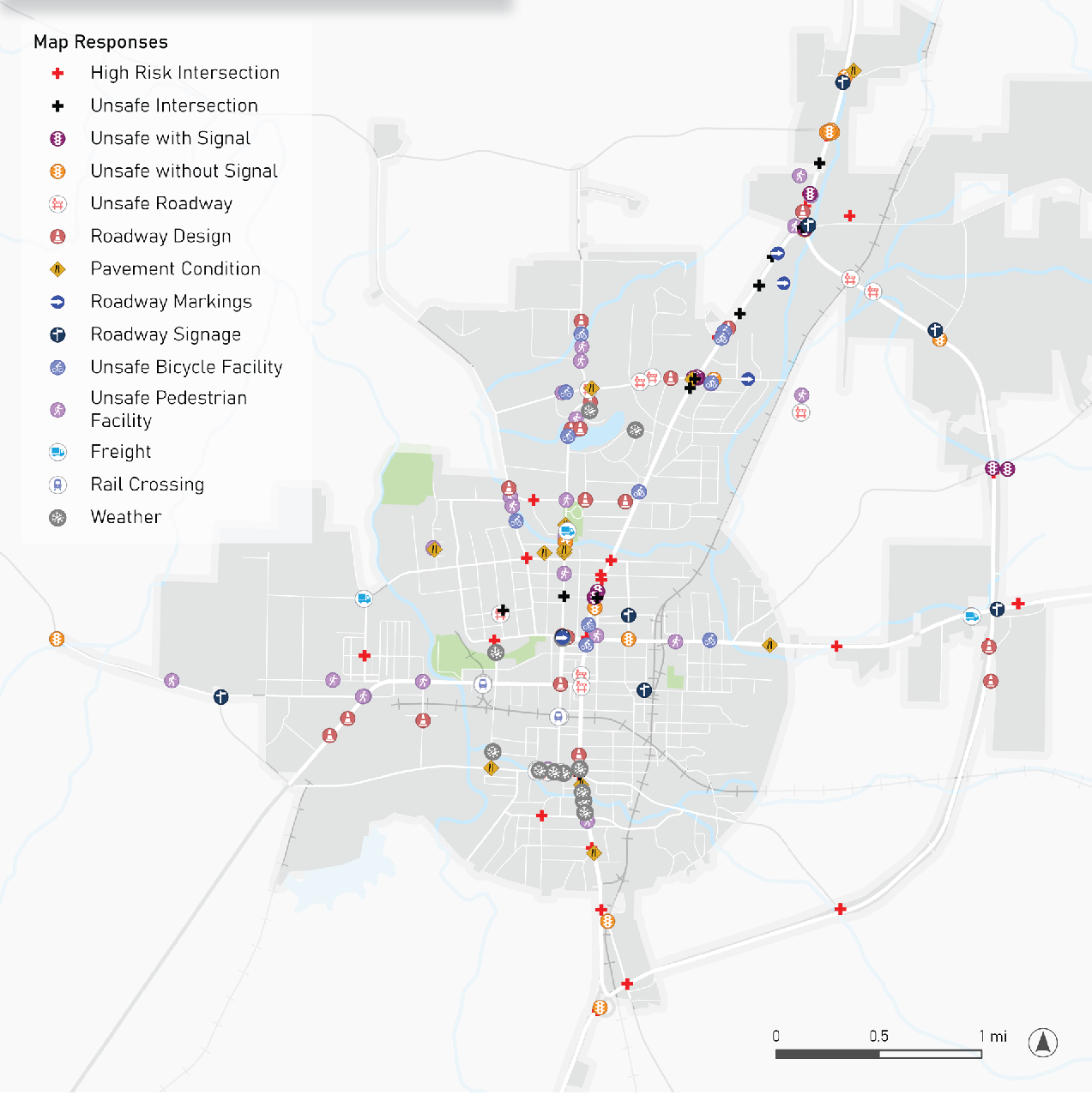
Take Cherokee County, for example. Located in the rapidly growing metro Atlanta region, the county is experiencing a surge in suburban development. Its Safety Action Plan addresses a complex blend of high-volume commuter corridors, suburban arterials, and rural highways that are now handling traffic volumes far beyond their original design. The plan had to consider everything from multimodal infrastructure along town-center corridors to speed management on winding rural roads that connect unincorporated communities. It provides a unified countywide vision, while still accounting for the distinctive needs of each of its seven cities.
Now compare that with Chatham County, home to Savannah and a distinctly coastal landscape. Here, the challenges are shaped by a historic urban core, a thriving port economy, flood-prone infrastructure, and a tourist-driven multimodal environment. In Chatham’s SS4A effort, pedestrian safety in downtown Savannah was as much a focus as freight movement and evacuation planning in the unincorporated low-lying areas.
This contrast highlights SS4A’s flexibility, empowering counties and municipalities to align their planning efforts with their local context while maintaining a shared commitment to the Vision Zero framework. Whether the setting is suburban, rural, coastal, or urban, SS4A provides a malleable structure that flexes without compromising on safety outcomes.
Leadership Buy-In Sets the Tone
For many communities, SS4A marks the first time elected officials have publicly adopted a measurable safety goal. A formal leadership commitment to Vision Zero not only satisfies a federal requirement but also signals to staff, partner agencies, and residents that safety is central to the community’s values and future direction.
This commitment often proves transformative. In one Georgia county, the Vision Zero framework was initially regarded as overly ambitious. But after engaging with local crash data, community feedback, and examples of successful implementation from peer regions, that same county became one of the plan’s most visible champions. Their advocacy helped accelerate cross-agency collaboration and gave transportation staff the support to pursue bold, evidence-based strategies.
Leadership buy-in has a direct influence on a plan’s ability to move from paper to action. It enables alignment across departments, prioritizes safety in capital programming, and empowers local governments to pursue funding and policy changes with confidence. More importantly, it reframes safety as a shared responsibility and lays the groundwork for a long-term cultural shift in how transportation systems are planned, operated, and evaluated.
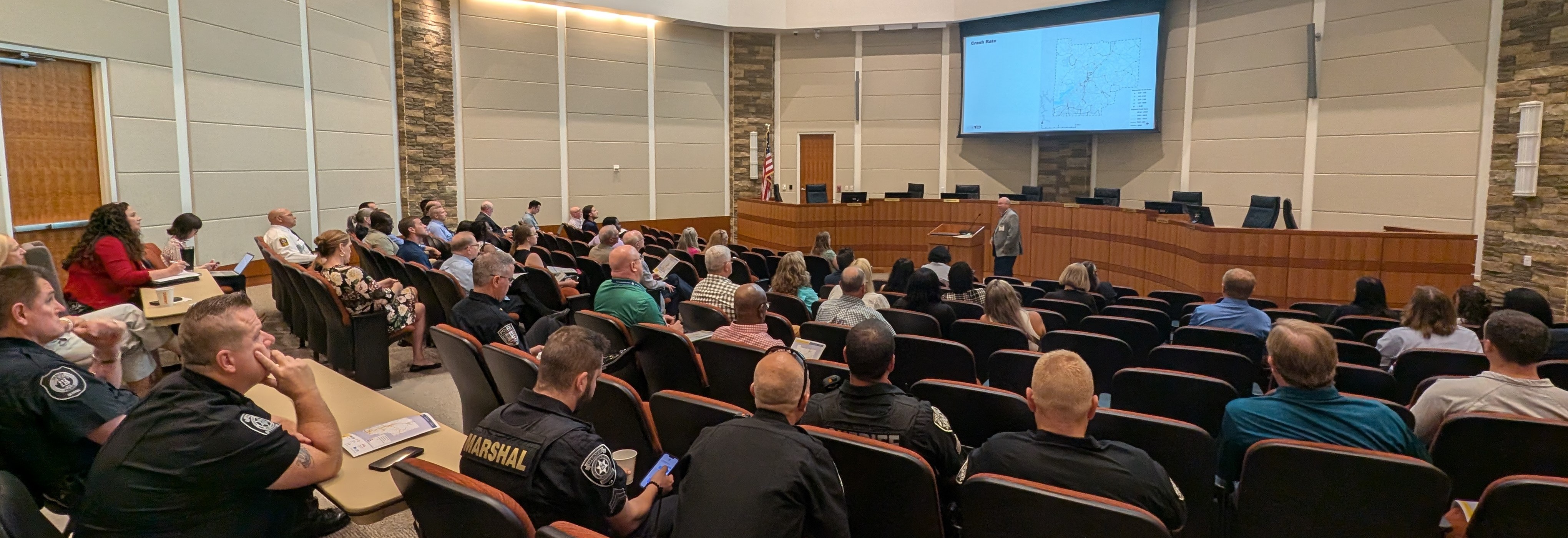
Mapping the High Injury Network
Turning Vision Zero into action starts with understanding where the greatest risks lie. That’s why every SS4A Safety Action Plan includes a High Injury Network (HIN), a focused, data-driven tool that identifies the corridors and intersections where serious crashes are most concentrated.
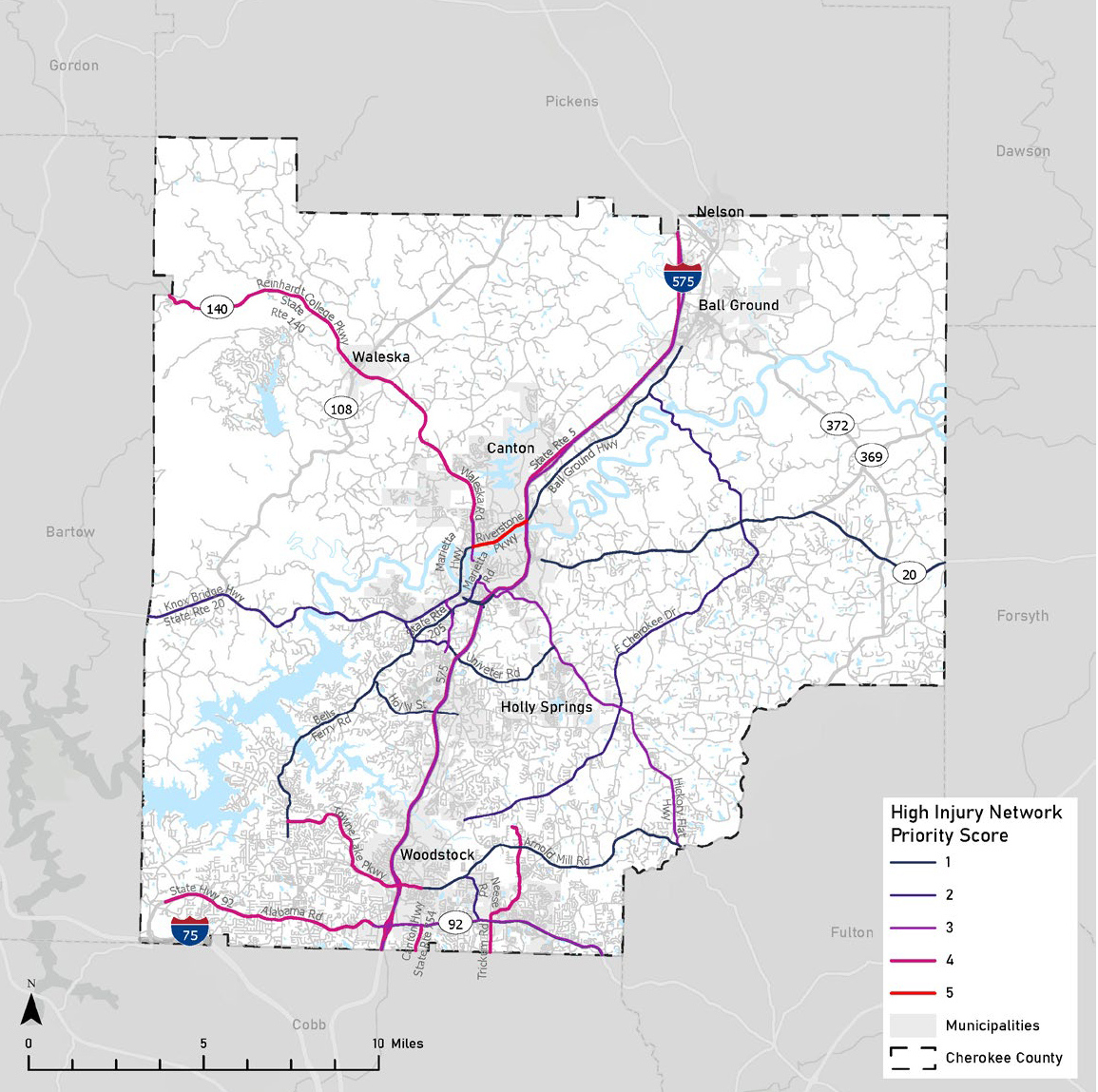
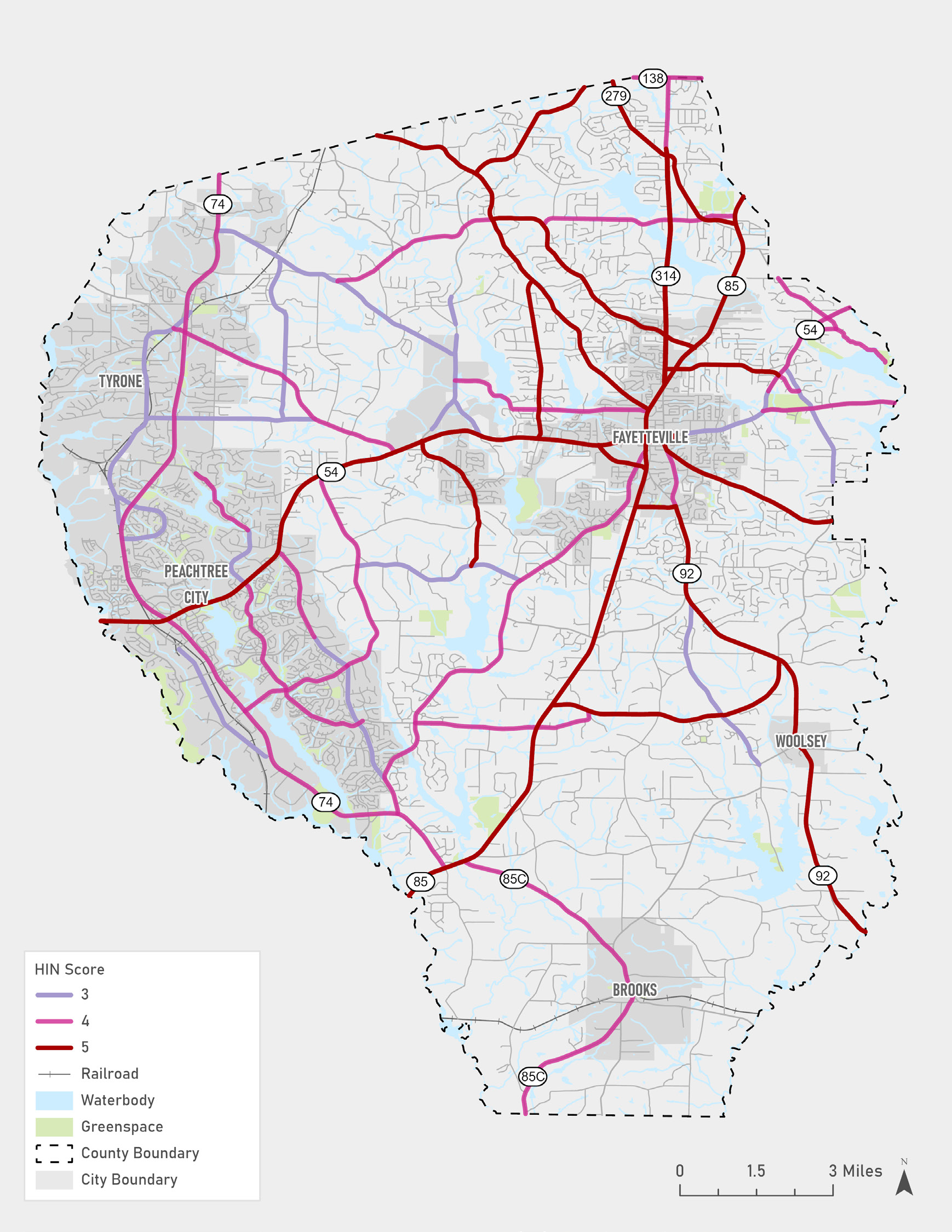
Pond’s HIN methodology combines crash data, community input, and equity considerations to prioritize locations based on both severity and vulnerability. We also incorporate tools like Replica to uncover near-miss zones and use crash-rate modeling to highlight rural roads that may be high-risk despite lower traffic volumes.
This approach gives communities a clear, evidence-based foundation for targeting investments where they’re needed most and produces safety strategies that reflect both hard data and local experience.
A Path from Programming to Implementation
While infrastructure upgrades are important, many of the most effective SS4A strategies are programmatic. Education campaigns, enforcement efforts, and staff training build a culture of safety quickly and cost-effectively.
At Pond, every SS4A plan includes a draft implementation grant application, helping communities move directly from planning to action. And not all improvements require large budgets; simple measures like signal timing adjustments or leading pedestrian intervals can deliver immediate results without exhausting resources.
Because many high-risk locations already overlap with planned projects, safety upgrades can often be integrated into current designs. By combining scalable programs with ready-to-go projects, SS4A gives communities the tools to act swiftly and strategically.
How Pond Can Help
The Safe Streets and Roads for All (SS4A) program is transforming how communities approach transportation safety, shifting from reactive measures to proactive, data-driven strategies. By fostering cross-sector collaboration and equipping local leaders with actionable tools, SS4A is turning Vision Zero into a measurable path forward.
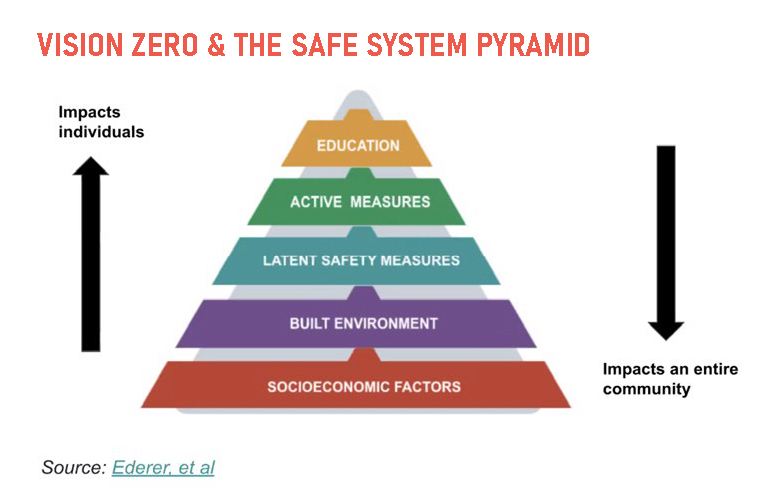
With deep expertise in multimodal planning, data analysis, stakeholder engagement, and infrastructure design, Pond offers comprehensive support throughout the entire SS4A process. From visioning and risk assessment to grant preparation and implementation, communities gain a trusted partner focused on real outcomes.
To explore how a customized Safety Action Plan can advance local safety goals and position your community for future funding, visit Pond’s Transportation Planning services and take the next step toward building safer, more connected streets.
